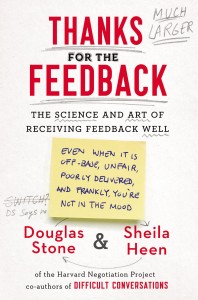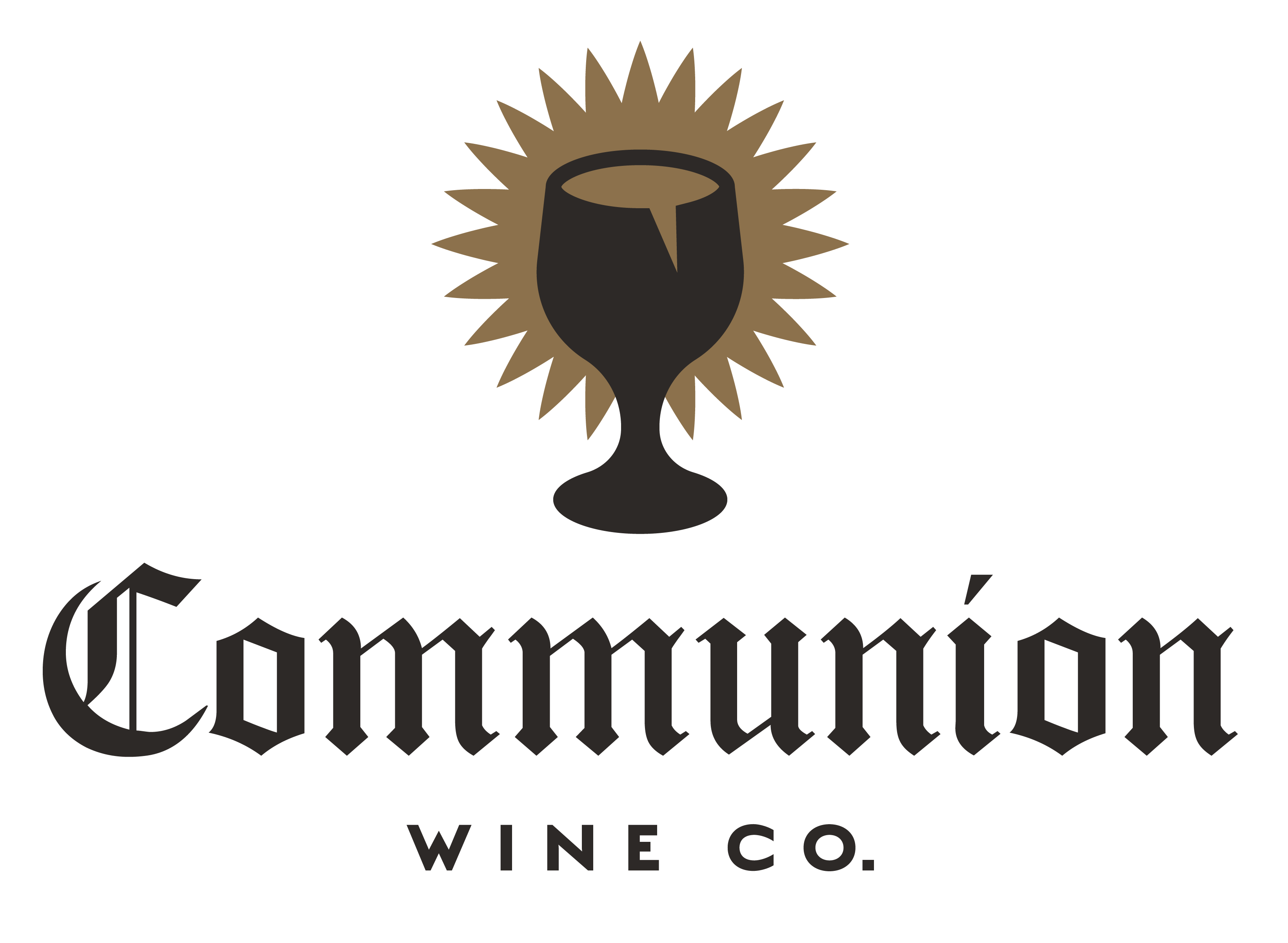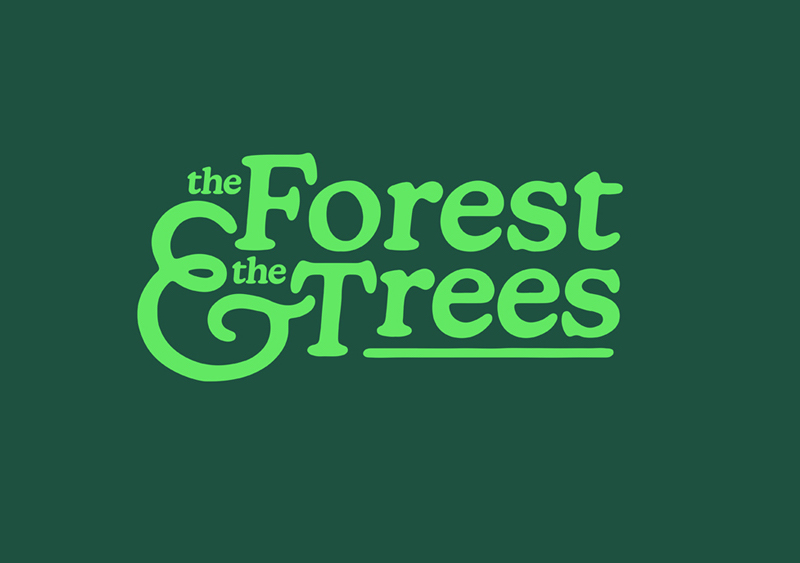Thanks for the Feedback
 I recently finished a great book called Thanks for the Feedback by Douglas Stone and Sheila Heen. As the title suggests, it’s a book about how to best give and receive feedback. This is such a crucial, yet underrated skill. I live in a world of feedback for my job everyday. I’m constantly receiving bits of feedback on decisions I’ve made or someone has made on my team. The truth is that this can be exhausting. But the solution isn’t to run away while we cover our ears. We need feedback to grow, and regardless of what we spend the majority of our days doing we can find feedback all around us.
Here are some great ideas from the book for all of us regardless of whether you are in any type of corporate environment:
I recently finished a great book called Thanks for the Feedback by Douglas Stone and Sheila Heen. As the title suggests, it’s a book about how to best give and receive feedback. This is such a crucial, yet underrated skill. I live in a world of feedback for my job everyday. I’m constantly receiving bits of feedback on decisions I’ve made or someone has made on my team. The truth is that this can be exhausting. But the solution isn’t to run away while we cover our ears. We need feedback to grow, and regardless of what we spend the majority of our days doing we can find feedback all around us.
Here are some great ideas from the book for all of us regardless of whether you are in any type of corporate environment:
Feedback includes any information you get about yourself. In the broadest sense, it’s how we learn about ourselves from our experiences and from other people—how we learn from life. Who can see your face? Everyone. Who can’t see your face? You. We convey a tremendous amount of information through facial expressions. But our own face is a blind spot. Receiving feedback sits at the intersection of these two needs—our drive to learn and our longing for acceptance. Explicit disagreement is better than implicit misunderstanding. One of the biggest blocks to receiving feedback well is that we exaggerate it. Fueled by emotion, our story about what the feedback says about us grows so large and so damning that we are overwhelmed by it. People do get better when they apply themselves, and people apply themselves when they believe they can get better. This is true whether we are excruciatingly bad at something or preternaturally good. Our capacity to attend to change is a limited resource. Hence, less is more (more or less).They also did a great job in helping the reader classify what type of feedback we are receiving. Not all feedback is equal and we need to know what we are hearing in order to respond accordingly.
The very first task in assessing feedback is figuring out what kind of feedback we are dealing with. Broadly, feedback comes in three forms: appreciation (thanks), coaching (here’s a better way to do it), and evaluation (here’s where you stand). Each form of feedback—appreciation, coaching, and evaluation—satisfies a different set of human needs. We need evaluation to know where we stand, to set expectations, to feel reassured or secure. We need coaching to accelerate learning, to focus our time and energy where it really matters, and to keep our relationships healthy and functioning. And we need appreciation if all the sweat and tears we put into our jobs and our relationships are going to feel worthwhile.Finally, there were two key points in the book that stood out to me the most. It is these two principles that I’ll remember most from the book and will work to incorporate into my life.
As we worked to develop ways to approach feedback differently, we soon realized that the key player is not the giver, but the receiver. Those who handle feedback more fruitfully have an identity story with a different assumption at its core. These folks see themselves as ever evolving, ever growing. They have what is called a “growth†identity.
Do You Want to Read the Bible Without Falling Behind?
Sign up your email and I’ll send you a PDF to download and use my custom-made reading plan system. There’s no way to fall behind on this system and every day will be different no matter how long you use it!
I’ll send future content directly to your inbox AND you can dive into the Bible like never before.




